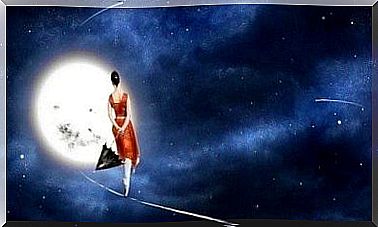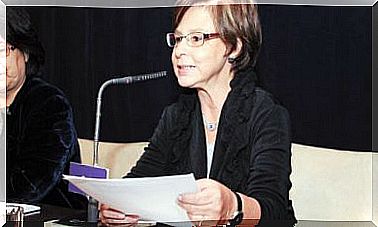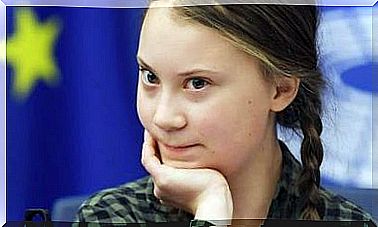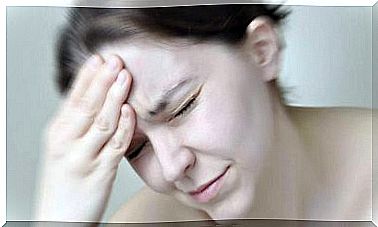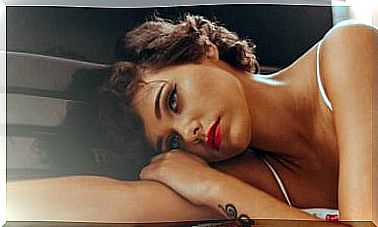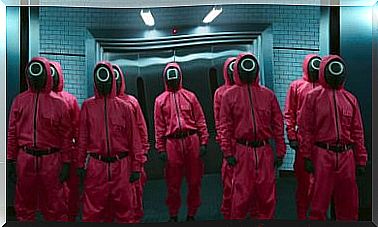Giotto, The Encounter Between Art And Faith
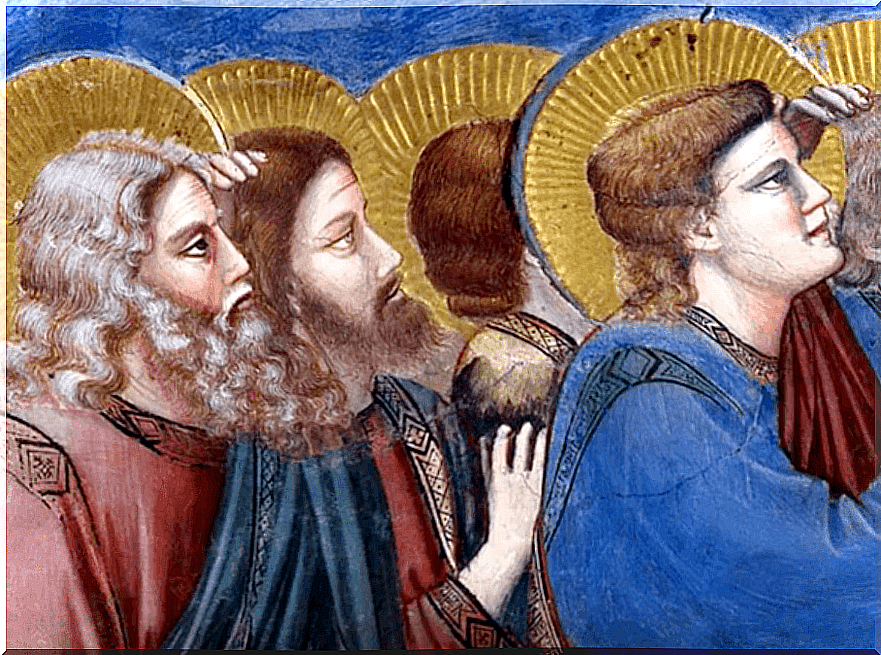
Giotto di Bondone, was born between 1266-1276, in Vespignano, near Florence, Italy. He was the most important Italian painter of the 13th century. Many art historians consider his work a turning point for the development of the arts in Europe.
His innovative works pointed to the Renaissance style that would develop a century later. For nearly seven centuries, Giotto has been revered as the father of European painting and the first of the great Italian masters.
For many researchers the attributions of their work remain problematic and often highly speculative. This is due to the fact that little of his life and few of his works are documented and the difficulty of following a stylistic chronology.
Giotto’s early life
Much of Giotto’s biography and artistic development have been deduced from the evidence of surviving works. Even so, much of these works cannot be attributed to him with certainty.
The stories about his life and work originate for the most part from the late 14th century. Giorgio Vasari, a painter and art historian, described Giotto in his famous book The Lives of the Most Excellent Painters, Sculptors and Architects .
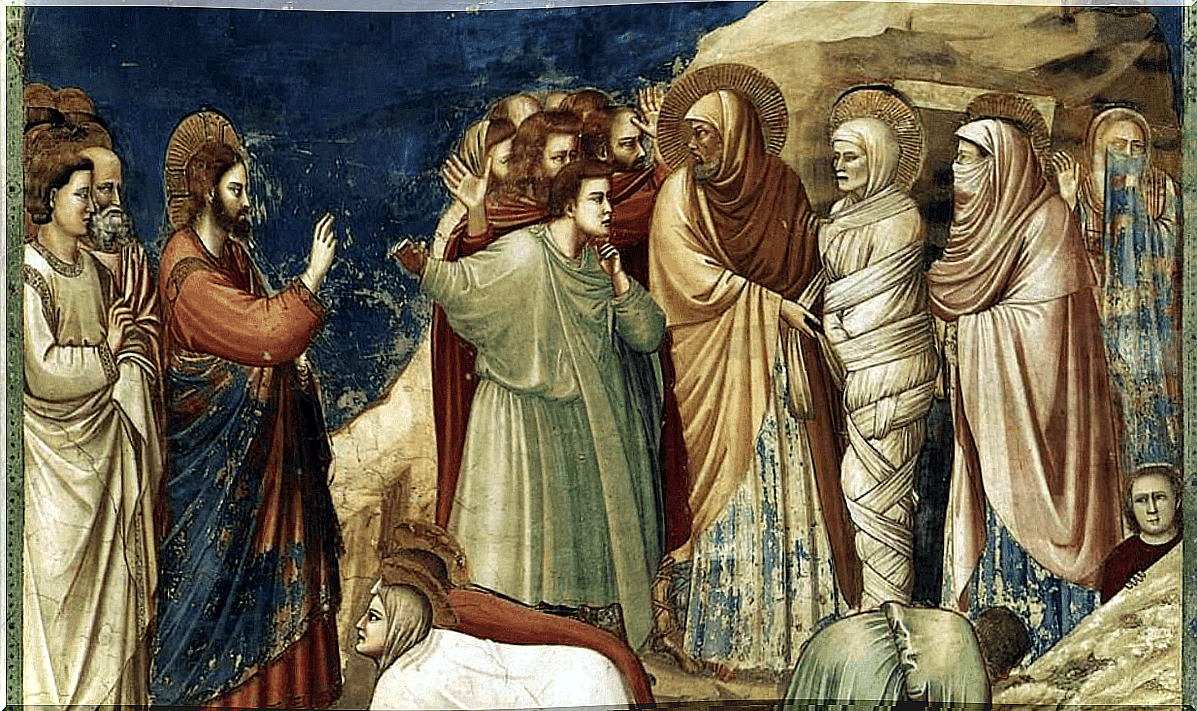
Giotto’s year of his birth is traced to the years 1266/67 or 1276. The difference of 10 years is of fundamental importance in assessing his initial development. This difference is crucial to the problem of the attribution of the frescoes in the Church of San Francisco, in Assisi.
It is known that Giotto died on January 8, 1337, as the moment was recorded in Villani’s chronicle. In this chronicle, it is stated that Giotto was 70 years old when he died.
It has always been assumed that Giotto was a student of the outstanding artist Cimabue. Cimabue is considered the most prominent painter in Italy at the end of the 13th century.
Cimabue tried to break, like no artist before, with the power of reality and imaginative force, the stylized forms of medieval art. Thus, Giotto was inspired by his drawing power and his ability to incorporate dramatic tension into his works.
By comparison, all of his predecessors and most of his immediate successors painted a puppet show with lifeless mannequins. Giotto broke with the Byzantine tradition and gave way to the emotionality of the Franciscan approach to Christianity.
The Assisi problem
There is a fundamental problem in Giotto’s studies: the attribution of the Assisi frescoes. Did Giotto actually paint in Assisi? And, if so, what did you paint?
There is no reasonable doubt that he did work in Assisi. A long literary tradition dating back to Riccobaldo Ferrarese’s chronological compilation in 1319 attests that this was the case.
There is evidence of Giotto’s works in the great double church of San Francisco. Several frescoes in the upper and lower churches were attributed to Giotto.
The most important is the cycle of 28 scenes from the life of Saint Francis of Assisi painted in the nave of the upper church. In addition, the Franciscan Virtues and some other frescoes in the lower church are attributed to him .
Most of these scenes are revolutionary in their expression of reality and humanity. The emphasis on the dramatic moment of each situation and the internal reality of human emotion are expressed in an intense way, through gestures and crucial looks.
In the 19th century, however, it was observed that all these frescoes, although similar in style, could not be by the same authorship. Skepticism and the belief that the frescoes of Assisi and the Cycle of St. Francis dated from a period after Giotto’s death were established. This extreme view has generally been abandoned.
It is easy to understand that Giotto, as a young man, was so successful that he was entrusted with the most important commission to paint the official biography of Saint Francis, written around 1266 by Saint Bonaventura. The current mental image of San Francisco comes largely from these frescoes.
Giotto and the Roman period
Three main works are attributed to Giotto in Rome. These are the great mosaic of Christ walking on the water (La Navicella), located over the entrance to San Pedro; the painted altarpiece for Cardinal Stefaneschi (Vatican Museum); and the fresco fragment of Boniface VIII Proclaiming the Jubilee, in San Giovanni in Laterano (Saint John Lateran).
Similar attribution problems arise for these Roman works as well. During this period, Giotto may also have made the Crucifix at Santa Maria Novella and the Virgin at San Giorgio and Massimiliano dello Spirito Santo (both in Florence).
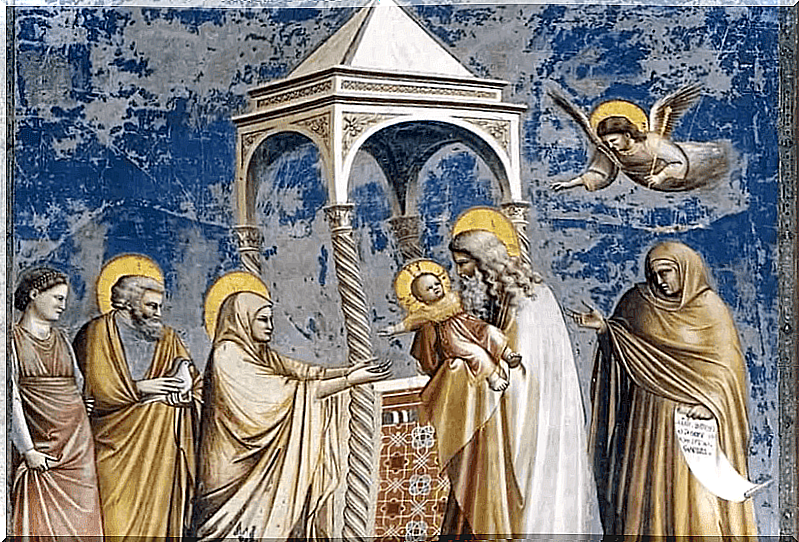
Padua period
The cycle of frescoes in the Padua Chapel, known as the Scrovegni Chapel, is an example of Giotto’s early development. The chapel was founded in 1303 and consecrated on March 25, 1305. In them, the founder is shown offering a model of the church at the enormous Last Judgment, which covers the entire west wall.
The rest of the small bare church is covered with frescoes on three levels. These frescoes represent scenes from the lives of Joaquín and Ana, the life of the Virgin, the Annunciation (in the choir arch), the life and Passion of Christ, concluding with Pentecost.
Below these three narrative bands is a fourth that contains the monochromatic personifications of virtues and vices. The frescoes are in relatively good condition, and possess enormous narrative power.
Giotto’s legacy
Giotto achieved great personal fame in his own life. Dante mentions him in The Divine Comedy , which consolidated the fame that would accompany him in the Italy of the fourteenth and fifteenth centuries. Starting with The Divine Comedy , many legends began to crystallize around Giotto’s name.
Giotto is regarded as the man who broke away from the Middle Ages and ushered in modernity. It was not until the Renaissance, with Masaccio and Michelangelo, that their true successors emerged.
